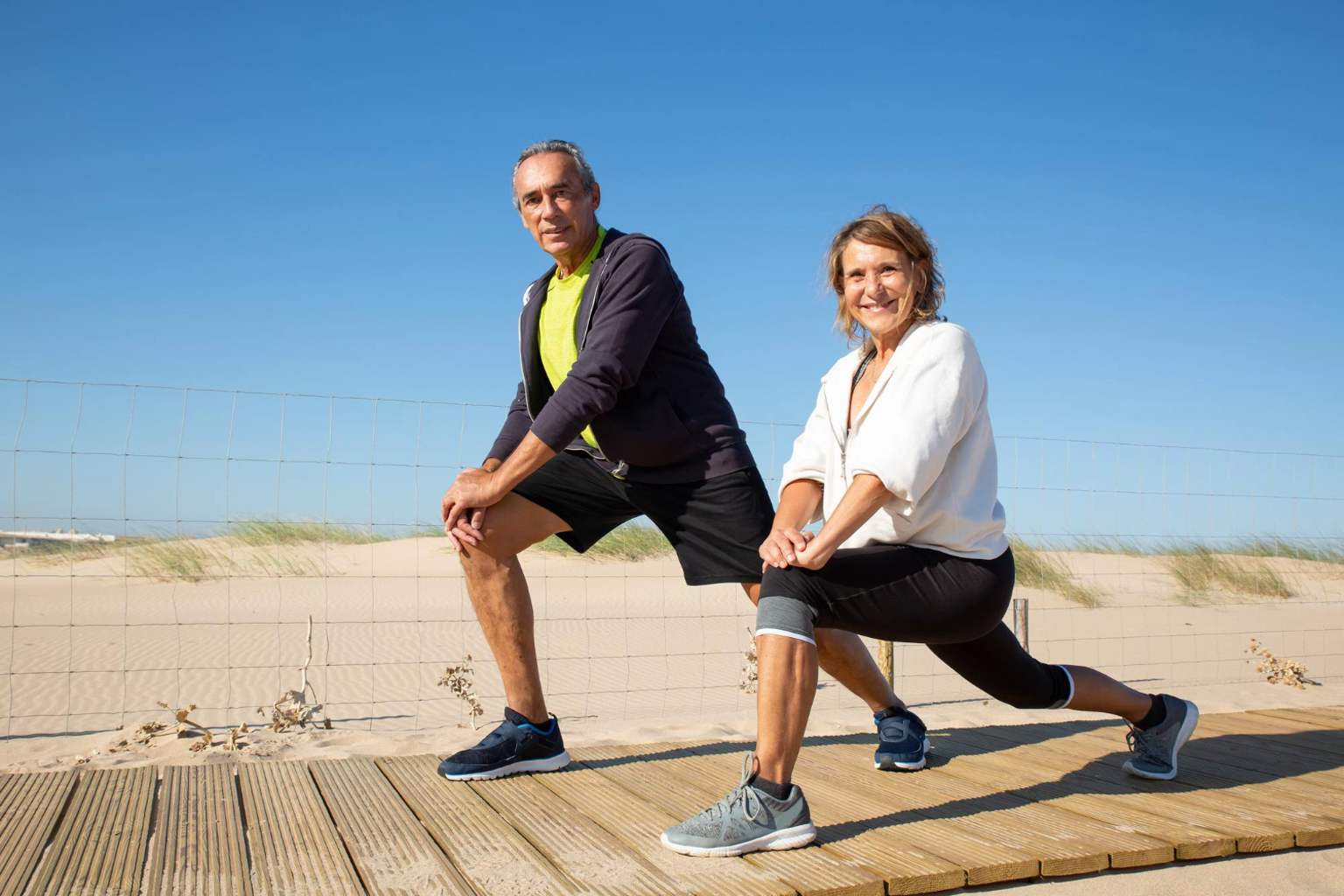This ancient practice, rooted in Chinese martial arts and philosophy, offers gentle but powerful benefits that go far beyond typical workouts. If you’re searching for an exercise of eternal youth that’s easy on the body yet deeply healing, tai chi and chi kung might just be the best secrets you haven’t tried yet.
For years, I struggled with finding a low-impact activity that helped me stay active without aggravating old aches. When I began practicing tai chi, I noticed remarkable improvements: better balance, less joint stiffness, and a calmness that lasted throughout the day. Let’s explore why these graceful movements should be on every retiree’s weekly agenda and how they boost health in surprising ways.
Tai chi and chi kung offer holistic benefits for retirees
Unlike many fitness programs that push your body to the limit, tai chi and chi kung emphasize moving in harmony with your natural rhythms. Their flowing movements combined with focused breathing work gently to improve flexibility, strength, and mental clarity — all without strain.
One of the most important advantages is how these practices enhance balance and body control. Falls and injuries are major concerns for seniors, but the slow, deliberate poses retrain muscles and improve spatial awareness, helping to prevent accidents. Even those with limited mobility can learn and benefit from the sequences, making it accessible and inclusive.
Additionally, these exercises incrementally build muscle tone and joint comfort. Instead of forcing intensity, the gentle postures engage multiple muscle groups, improving your ability to perform daily tasks like standing up from a chair or walking longer distances. Flexibility also increases as the muscles stretch smoothly, reducing stiffness and enhancing coordination.
Emotional and cognitive advantages are just as profound
What sets tai chi and chi kung apart is their unique blend of mindfulness and movement. By focusing on your breath and the flow of each motion, you can shift your mind away from stress, anxiety, and worries. Practitioners often report feeling emotionally relaxed and centered, making this a powerful tool for mental wellness as well as physical health.
There’s more: learning and repeating complex movement patterns gives your brain an active workout. This cognitive challenge sharpens memory, concentration, and executive function — qualities that often decline with age. I personally find that after a good tai chi session, my thinking feels clearer and my mood noticeably lighter.
Furthermore, medical studies connect regular practice with improved blood pressure control and better circulation. The rhythmic, gentle movements help relax blood vessels and encourage steady blood flow, which benefits heart health dramatically. Tai chi and chi kung can be a helpful complement to other heart-healthy habits encouraged by doctors and health organizations.
Your path to better health with tai chi and chi kung starts now
The beauty of these ancient disciplines is that you don’t need fancy equipment or a gym membership. Whether you join a class at a community center, learn from a martial arts instructor, or follow along with guided videos at home, tai chi and chi kung adapt easily to your schedule and lifestyle.
They also provide sustained relief for chronic joint pain and arthritis by improving circulation and gently increasing joint mobility. After a few weeks of consistent practice, many seniors like me experience less discomfort and greater ease moving throughout the day.
The takeaway? Tai chi and chi kung offer a holistic approach to staying strong, balanced, and mentally sharp well into your golden years. These practices are not just about fitness — they nurture body, mind, and spirit in a way few other exercises can.
Have you ever tried tai chi or chi kung? What was your experience like? If you’re curious to start, or already an enthusiast, share your thoughts and stories below — your insights could inspire others to discover this wonderful path to health and vitality.
